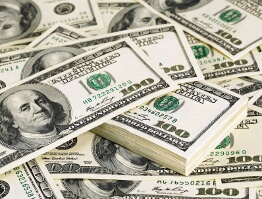The US dollar had a strong rally this week on the signs that the Federal Reserve will refrain from quantitative easing. The speculation about easing reemerged by the end of the week, but didn’t influence the rally to a high degree.
The first important event this week was the release of the Federal Open Market Committee monetary policy minutes on April 3. The minutes showed that most members of the Committee don’t think that additional stimulus is necessary. Such notion boosted the dollar, making it rise for the most part of the week.
Another important even, namely the release of non-farm payrolls, wasn’t as good for the US currency. Payrolls showed that employment growth was much smaller that was anticipated by market participants. The data led to the speculation that policy makers may still consider stimulating the economy.
As for the overseas news, it was a mixed week. On one hand, China’s manufacturing expanded, easing concerns about the economic slowdown in the Asian nation. On the other hand, Spain’s rising borrowing costs reignited worries about the European debt crisis. Markets paid more attention to the negative part, allowing the greenback to rally. The Japanese yen also profited from the resulting risk aversion, outperforming the dollar, but the greenback was higher against the majority of other most-traded currencies.
EUR/USD fell from 1.3360 to 1.3091 this week, while the weekly low of 1.3035 was the lowest price since March 15. USD/JPY slid from 83.01 to 81.59, reaching during the week the low of 81.34, the lowest since March 8. USD/CHF climbed from 0.9009 to 0.9165, while the weekly maximum of 0.9221 was the highest since March 16. AUD/USD fell from 1.0448 to 1.0306, touching the low of 1.0243 last seen in January 13.
If you have any questions, comments or opinions regarding the US Dollar,
feel free to post them using the commentary form below.
